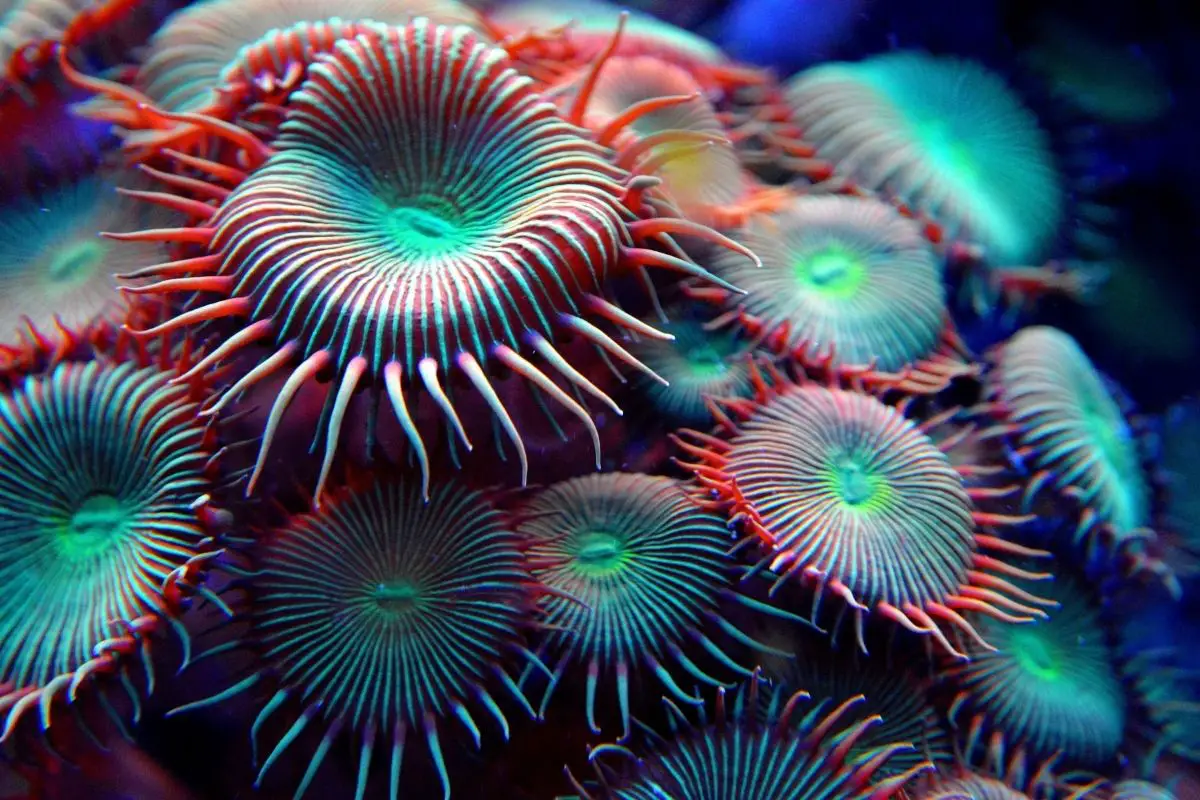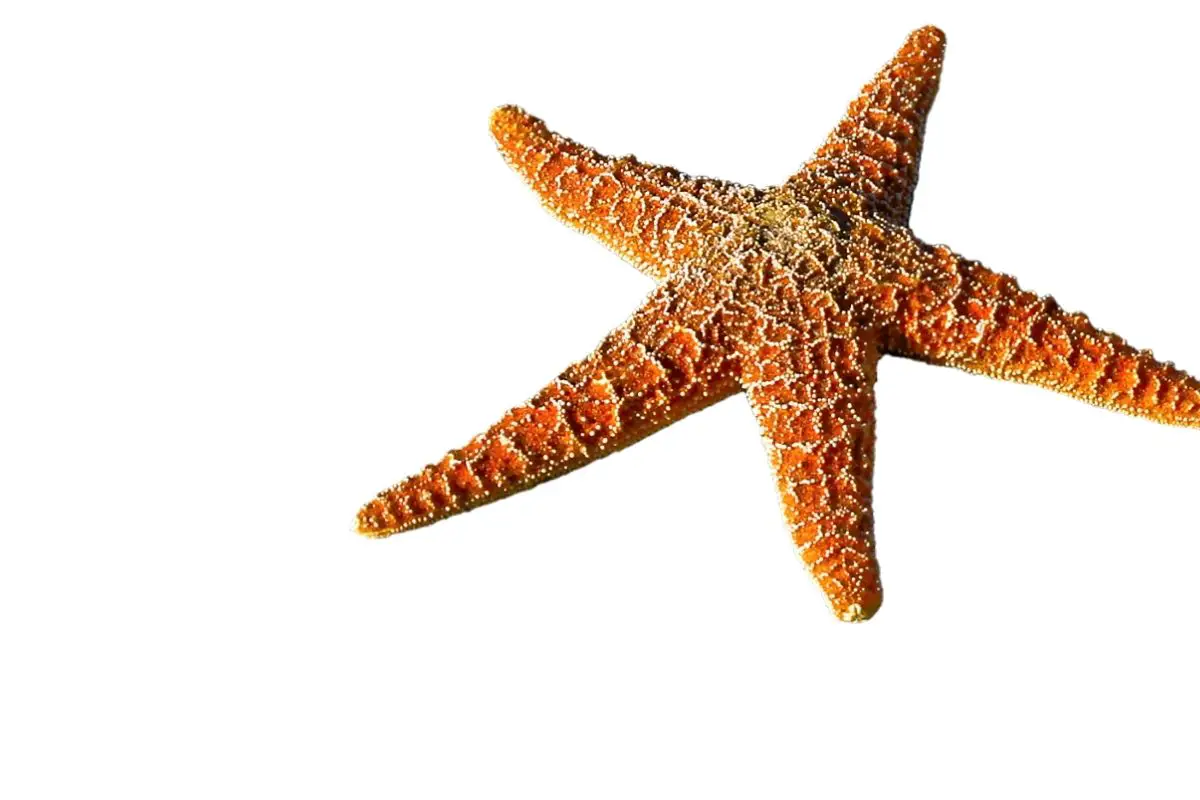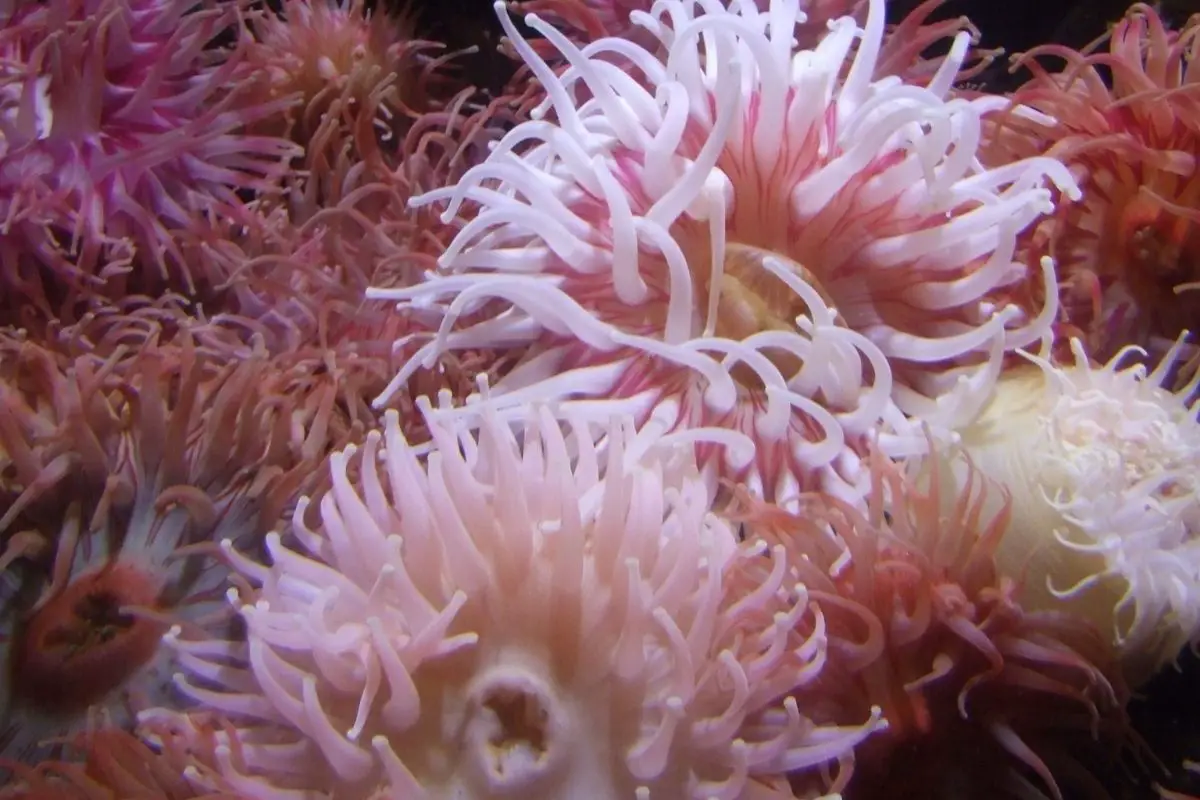
”Follow your heart. Your heart is the right guide in everything big.” I often follow this sage advice, but what about animals that don’t have hearts?
I’m not talking figuratively about someone who doesn’t seem to have feelings. I’m talking literally about animals that don’t have hearts. Stranger than fiction, you might be thinking.
Several animals live without hearts. They don’t need it to pump blood or carry oxygen through their circulatory systems. It seems unimaginable, but these creatures have everything they need to live without a heart.
Let’s learn more about these incredible animals, and how they function without a heart.
1. Starfish (Asteroidea)

Starfish live in almost all water environments, but mostly in the oceans. They eat oysters, clams, plankton, and even other starfish. Since starfish don’t have teeth, they swallow their food whole.
Starfish don’t have a circulatory system that pumps blood through their bodies. Instead of a vascular system with blood, they have a water vascular system that carries seawater through their systems. They have open circulatory systems.
This means the seawater moves through the body cavity but without the help of a heart. Seawater, instead of a heart, moves nutrients through their bodies. The vascular system extends down each leg of the starfish.
As the water moves through the legs, it provides nutrition, movement, and the ability to hunt prey.
2. Sea Anemone (Cnidaria)

Sea anemones attach themselves to hard surfaces or live at the bottom of the ocean in the soft sand. Most of them live in tropical waters but several have adapted to cold seawater. Many people call them the ”flowers of the sea” because of their colorful petal-like tentacles.
These tentacles might be as delicate as a flower, but they capture any prey that gets too close. Sea anemones eat crabs, small fish, mollusks, and many other sea organisms. Since sea anemones don’t have a heart, their stomach serves as their circulatory system.
This form of circulation is called gastrovascular. It provides nutrients and removes waste from the body by diffusion or the movement of seawater moving through the cells.… Read the rest of the story.
No comments:
Post a Comment